Introduction
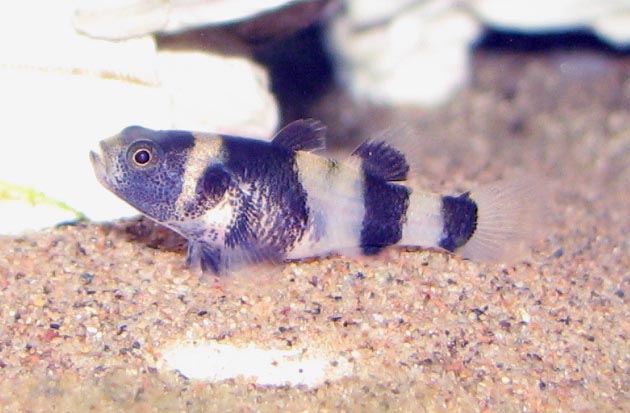
Brachygobius doriae is one of the few species of true gobies commonly found in the hobby. Described by the British zoologist Albert Günther in 1868 its small size, bright colours and endearing habits make it a popular purchase.
Introduction

Brachygobius doriae is one of the few species of true gobies commonly found in the hobby. Described by the British zoologist Albert Günther in 1868 its small size, bright colours and endearing habits make it a popular purchase.
Introduction
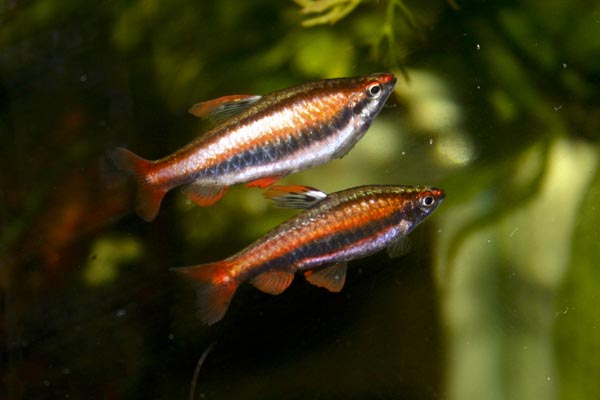
Nannostomus mortenthaleri, known as the coral red pencilfish is a recent, and very welcome addition to the hobby. It was described by Paepke and Arendt in 2001 as N. marginatus mortenthaleri in honour of Mr Martin Mortenthaler, an Austrian fish exporter. It was promoted to full species rank by Weizmann et. al. in 2003. It is still much sought after and remains an expensive fish to buy.
Introduction

Corydoras eques is one of the many small, armoured catfish from South America that are so popular in the hobby. An attractive little fish, its relative scarcity means that it costs rather more than its more common cousins. First described (as Osteogaster eques) as long ago as 1876 by the Austrian zoologist Franz Steindachner it has only intermittently appeared on importers lists.
Introduction
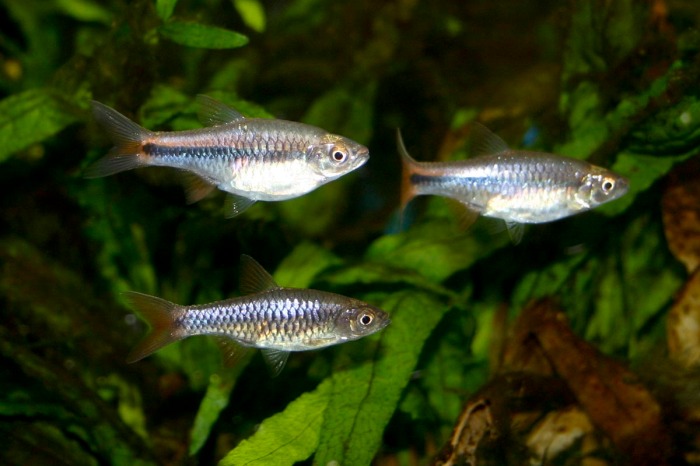
Rasbora lacrimula is a fish that at the time of writing is relatively new to the hobby. It was described in June 2009 by Renny Kurnia Hadiaty and Maurice Kottelat. It is known as the teardrop rasbora or sometimes the cherry rasbora.
Introduction

Axelrodia stigmatias, known as the white star or pepper tetra is a tiny jewel of a fish with an endearing swimming style. It was described as Hyphessobrycon stigmatias by Henry Weed Fowler in 1913.
Introduction
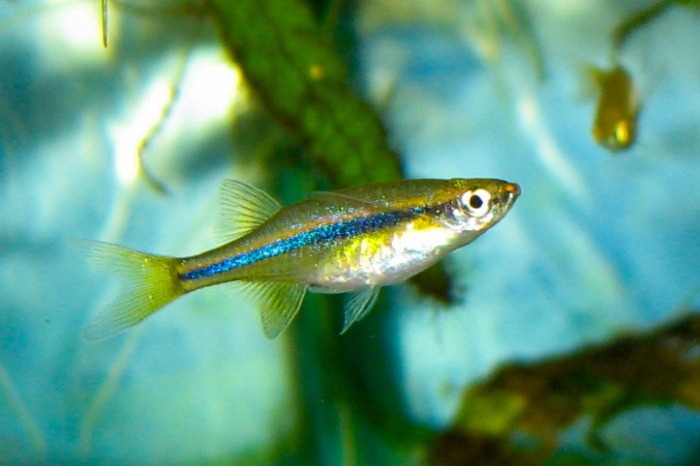
Laubuka dadiburjori, known as the dadio, orange chela or orange hatchetfish is an interesting little danionin. More commonly found under the old scientific name – Chela dadiburjori it is an under-rated fish that is ideal for a medium-sized community tank of peaceful fishes. L. dadiburjori was first described in 1952 by the grandly named Ambat Gopalan Kutty Menon it was named in honour of one of his assistants – Sam Dadyburjor.
Introduction
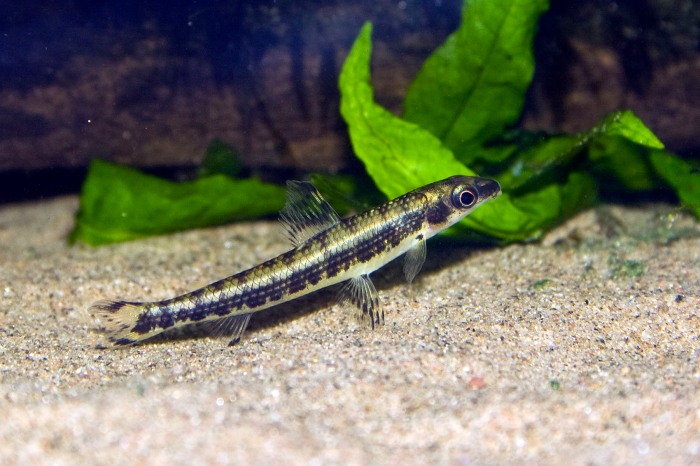
Nannocharax fasciatus is a highly unusual characin from Africa. Known as The African darter tetra it was described by the German born ichthyologist Albert Günther in 1867. It is notable for its engaging habit of sand-hopping.
Introduction
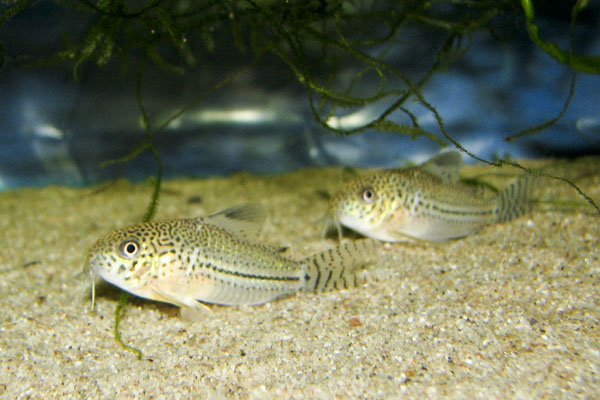
Corydoras julii was described by the Austrian ichthyologist Franz Steindachner in 1906. The original description does not mention who the fish was named after.
Distribution & Availability
Found in the Rio Parnaiba in Brazil, C. julii is available very rarely with almost all fish advertised being C. trilineatus. It is seen occasionally in the better shops as a wild caught import and is sometimes sold at specialist and club auctions. Considering how rare these fish are they are not that expensive being around twice the price of the common bronze and pepper corydoras.
Introduction
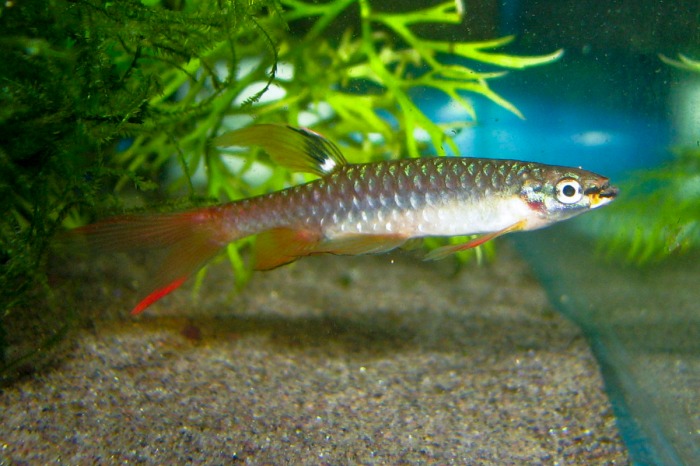
Copella arnoldi, known as the splash tetra or spraying characin is an old favourite that is notable both for its beauty and remarkable breeding behaviour. This species is the only one known to lay their eggs above the water surface. In the wild, overhanging leaves are used whilst in aquaria a suitable alternative will be the tank sides or cover. It was described as Copeina arnoldi by Charles Tate Regan in 1912.
Back in August I reported my Corydoras guapore had spawned and that I was hoping for some fry. I’m happy to report that I was able to raise fry from several different spawnings. In all I have raised around 60 fry and managed to sell some at the Catfish Study Group‘s annual auction last week.
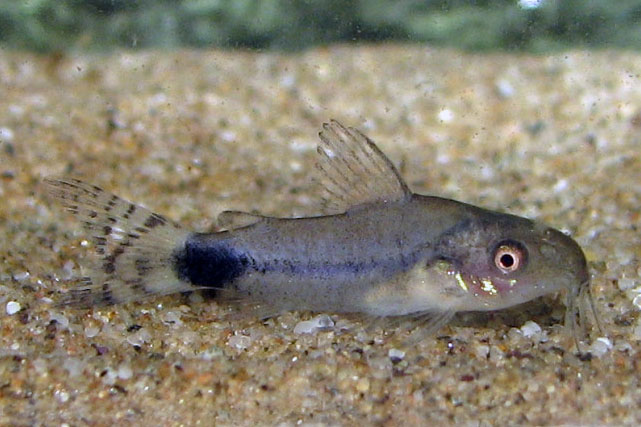
Here is a short video showing some of the fry and a full account will be published on Planet Catfish in due course.